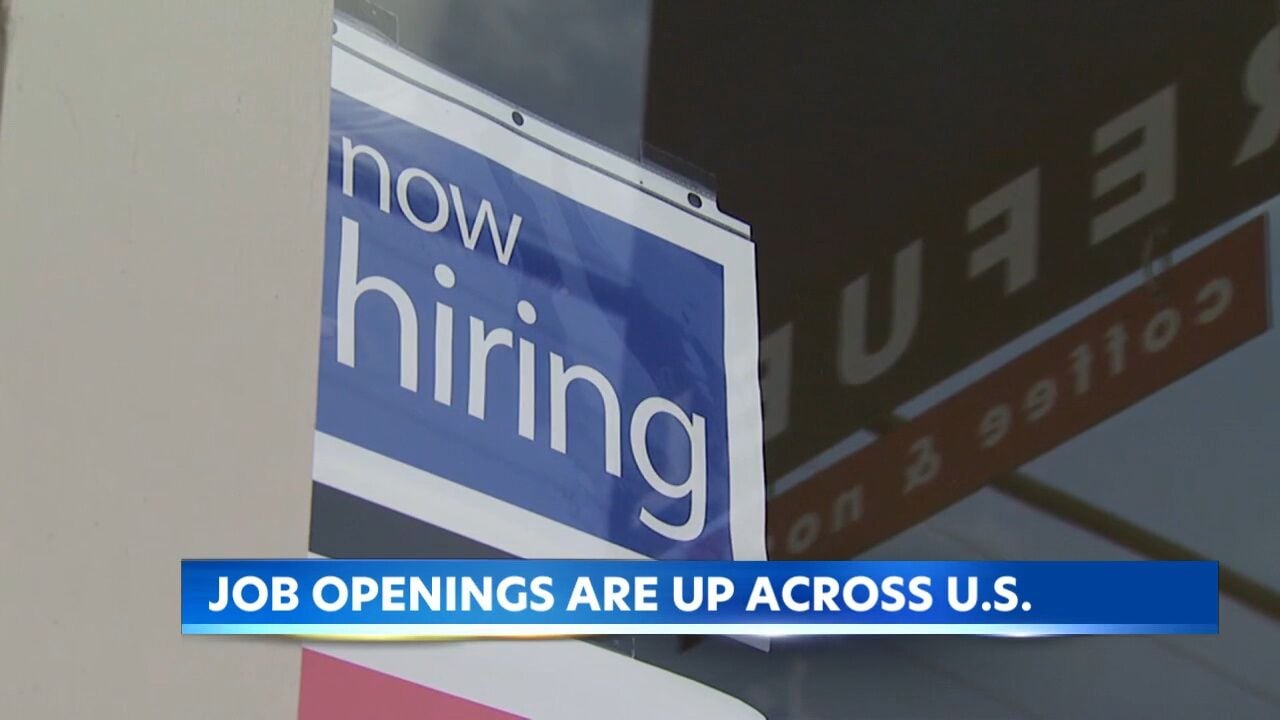
Britain’s Minimum Wage Law Has Been an Abject Failure
By Gregor Gall

Tony Blair’s government introduced a national minimum wage for the UK 25 years ago. When it comes to lifting people out of poverty, the minimum wage law has been a clear failure — its enforcement has been lax, and it’s never kept up with the cost of living.
Introduction
Twenty-five years ago this week, the National Minimum Wage Act 1998 was passed, receiving Royal Assent to go on the statute book. The resultant national minimum wage was introduced on April 1, 1999 following the establishment of the Low Pay Commission, which is charged with making recommendations to the government on the rates. It was not an “April Fool,” but neither could it be said to be the bold advance many in New Labour said it was.
Tony Blair had vowed to lift people out of poverty, especially children, and the minimum wage was one of the flagship policies by which he sought to do so. It was part of the New Labour “welfare-to-work” active labor market program in which work would pay more than being on welfare.
Timidity of the National Minimum Wage
When the national minimum wage was established, the rate for those over twenty-two years old was just £3.60 per hour, and for those between eighteen and twenty-one, it was even lower at £3.00 per hour. In 2023, there are now five rates: £10.42 per hour for those over twenty-three years old, £10.18 for those between twenty-one and twenty-two years old, £7.49 for those between eighteen and twenty years old, £5.28 for those between sixteen and seventeen years old, and £5.28 for apprentices. The national minimum wage makes no provision for overtime rates.
The National Minimum Wage Act 1998 was a classic piece of New Labourism, because while it recognized and addressed a palpable problem created by the Conservatives and their neoliberal version of capitalism, it did so in a way that was very far from being full-blooded.
Indeed, the act was a form of “light-touch” regulation of employers — and not just because the rate was set so low at the beginning and has been kept that way ever since. It is also because the enforcement of the minimum wage is so lax. Though there are enforcement orders, there are no penalties paid by employers unless they fail to act upon already having received an enforcement order.
And it was not until ten years ago that the process of “naming and shaming” employers not paying the minimum wage was begun. It is still the case that aggrieved workers have to pursue employers who fail to pay the minimum wage, whereas HM Revenue and Customs could carry out spot checks to enforce employers abiding by the law in the way the Healthy and Safety Executive is supposed to on workplace safety.
Issues with the Minimum Wage
First, having different levels for different ages takes no account of the manifest reality that the cost of living for any adult is pretty much the same, no matter their age. It is even greater for those who have young children.
Second, and to reinforce the point about the low rates, the “living wage” was created in 2011 by the Living Wage Foundation. The living wage for 2023 is £10.90 per hour for those eighteen and older outside London and £11.95 within London. However, it is entirely voluntary and is based upon employers being convinced of the so-called business case — of recruiting, retaining, and motivating staff — for paying a slightly higher wage.
Third, even with the minimum wage, there is more in-work poverty than ever before, with many claiming benefits just in order to try to make ends meet. This is the clearest indication that the national minimum wage has effectively legitimized low pay by giving it a statutory underpinning. It also means that the state is effectively subsidizing low-paying employers by allowing them to pay this level, which then necessitates that these workers also claim benefits. This is one of many hidden handouts to employers.
Lastly, not only is the minimum wage not a substitute for collective bargaining, but its introduction was deliberately used as an alternative — an especially weak one — to state support to resuscitate the widespread practice of collective bargaining.
Conclusion
The salience of this for today is not only that we still have the paltry national minimum wage in a time of a cost-of-living crisis. It is also that it is a harbinger of what a Keir Starmer–led Labour government will and will not do. Starmer plans no changes to the minimum wage, having rejected any substantial uplift in its rates. He has done this not only to show his fiscally conservative and prudent nature to investors and the financial markets but also to lower the expectations of what working-class people can hope for from an incoming Labour government.
SDGs, Targets, and Indicators
1. Which SDGs are addressed or connected to the issues highlighted in the article?
- SDG 1: No Poverty
- SDG 8: Decent Work and Economic Growth
- SDG 10: Reduced Inequalities
The article discusses the failure of Britain’s minimum wage law to lift people out of poverty and address in-work poverty. It also highlights the need for decent work and economic growth and the impact of low pay on inequality.
2. What specific targets under those SDGs can be identified based on the article’s content?
- SDG 1.1: By 2030, eradicate extreme poverty for all people everywhere.
- SDG 8.5: By 2030, achieve full and productive employment and decent work for all women and men, including for young people and persons with disabilities, and equal pay for work of equal value.
- SDG 10.4: Adopt policies, especially fiscal, wage and social protection policies, and progressively achieve greater equality.
The article highlights the failure of the minimum wage law to lift people out of poverty, indicating a lack of progress towards SDG 1.1. It also discusses in-work poverty, indicating a need to achieve full and productive employment and decent work for all (SDG 8.5) and to adopt policies that promote greater equality (SDG 10.4).
3. Are there any indicators mentioned or implied in the article that can be used to measure progress towards the identified targets?
- Minimum wage rates
- Levels of in-work poverty
- Percentage of workers covered by collective bargaining
The article mentions the different minimum wage rates over time, indicating a potential indicator to measure progress towards SDG 1.1 and SDG 8.5. It also discusses in-work poverty as an indicator of the failure to achieve decent work and economic growth. Additionally, the article mentions the decline in collective bargaining coverage, which can be used as an indicator of progress towards SDG 10.4.
4. Table: SDGs, Targets, and Indicators
| SDGs | Targets | Indicators |
|---|---|---|
| SDG 1: No Poverty | 1.1: By 2030, eradicate extreme poverty for all people everywhere. | – Minimum wage rates – Levels of in-work poverty |
| SDG 8: Decent Work and Economic Growth | 8.5: By 2030, achieve full and productive employment and decent work for all women and men, including for young people and persons with disabilities, and equal pay for work of equal value. | – Minimum wage rates – Levels of in-work poverty |
| SDG 10: Reduced Inequalities | 10.4: Adopt policies, especially fiscal, wage and social protection policies, and progressively achieve greater equality. | – Minimum wage rates – Percentage of workers covered by collective bargaining |
Behold! This splendid article springs forth from the wellspring of knowledge, shaped by a wondrous proprietary AI technology that delved into a vast ocean of data, illuminating the path towards the Sustainable Development Goals. Remember that all rights are reserved by SDG Investors LLC, empowering us to champion progress together.
Source: jacobin.com

Join us, as fellow seekers of change, on a transformative journey at https://sdgtalks.ai/welcome, where you can become a member and actively contribute to shaping a brighter future.






